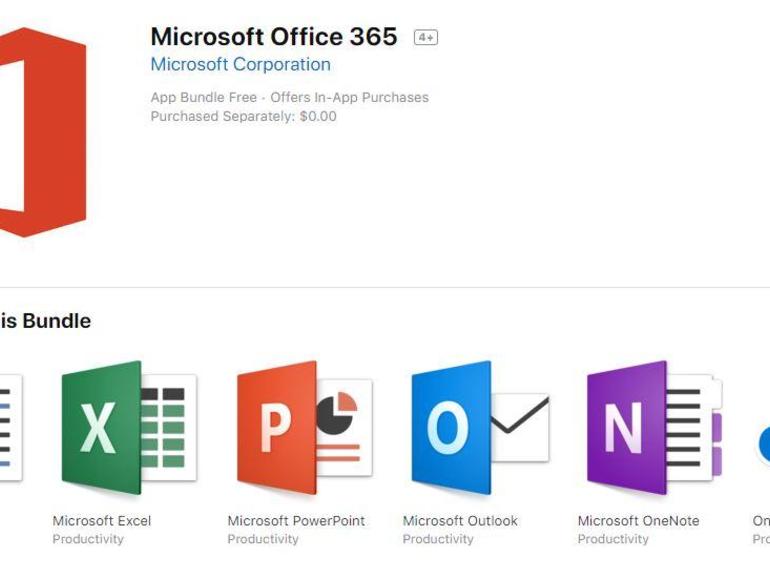


Resource leveling is an advanced project management concept that involves spreading work evenly among the people working on the project. If this is a recurring event, provide the date and time for the first. Project gives recurring tasks the highest priority, which means it won’t split or delay them when it levels the resources assigned to them. Events can be created as recurring or one-time. To learn more, see Assign resources to a task. Project automatically assigns that resource to each instance. In terms of Outlook integration, Salesforce customers.
Recurring task office 365 mac full#
Riva has full support for Microsoft Exchange On-Premise, Office 365, Exchange Online, or Hosted Exchange accounts through RackSpace, Intermedia, Apptix, and others. If you want to assign a resource to each instance of the recurring task, you only need to assign it to the summary recurring task. Riva delivers the simplest and most elegant way to sync Salesforce, calendar, and inbox in complex enterprise environments. When you create a recurring task, Project automatically renumbers the task IDs and puts a recurring task indicator in the Indicators column. That is, make the recurring task a milestone. If you need a regular reminder instead of a full-blown repeating task, set the recurring task’s duration to zero. More about recurring tasks Recurring reminders Pick an item from the Calendar list, but only if you want the recurring task to have a different calendar than the rest of the project.įor example, the recurring task could happen during the night shift, while the rest of the project happens during daytime business hours.Ĭheck Scheduling ignores resource calendars if you want Project to schedule the recurring task even if it does not happen when any resources are available to work on it. Pick End by, and then enter the date you want the recurring task to end. Pick End after, and then type the number of times the task will repeat. In the Start box, add a start date and then decide when the repeating task will end: For example, you can create a task that repeats every Tuesday and Thursday, or one that repeats every three weeks. You can fine-tune how often the task repeats in the area to the right of these options. In the Recurrence pattern section, click Daily, Weekly, Monthly, or Yearly. In the Duration box, add the duration of each occurrence of the task. In the Task Name box, type the recurring task’s name. Select the row below where you want the recurring task to appear.Ĭlick Task, click the bottom part of the Task button and then click Recurring Task. Note: If you have a repeating task that isn’t on a regular schedule, you need to create a separate task for each occurrence.


 0 kommentar(er)
0 kommentar(er)
